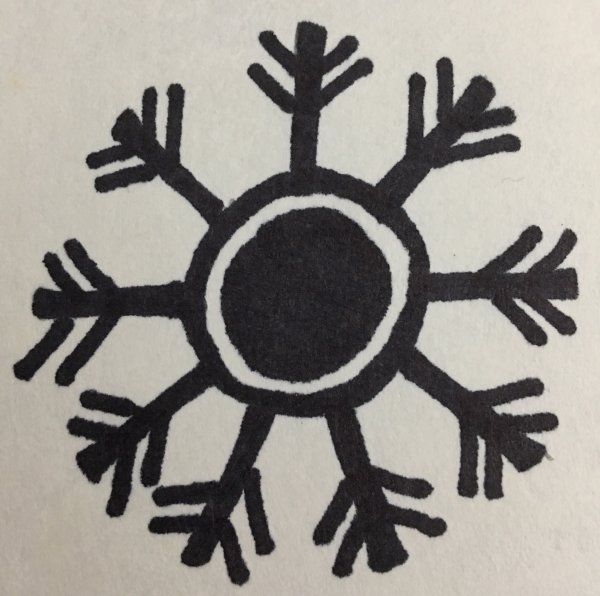common trolls
The origin of bestial trolls are unknown, but they date all the way back to the First Age. Trolls seem prone to mutation, so there are many varieties of trolls, but most trolls are basically. Bestial trolls are common dangers in every part of Scarterra inhabiting deserts, temperate forests, tropical forests, swamps, arctic tundras, mountains, rivers, the ocean, underground caverns and more.
They are monstrously strong, monstrously ugly vaguely humanoid bipeds with great strength, sharp teeth, sharp claws, large ears and noses, and overall keen senses. Trolls can eat almost any organic matter but they prefer fresh meat. Trolls have nearly insatiable appetites. Some trolls can hibernate when food is scarce. They usually bury themselves underground and grow a slimy membrane or cocoon when doing so.
No one has witnessed trolls mating (thankfully), but troll nests with eggs have been found. The maximum life span of trolls is unknown, presumably few if any trolls live long enough to die of natural causes. It’s unclear whether pygmy trolls and giant trolls are a separate species or they represent trolls that are very young or very old respectively.
Pygmy trolls average about four feet tall on average and weigh about 150 pounds. Medium trolls average about seven feet tall and tend to weight about 600 pounds. Giant trolls average around eleven feet tall and weigh about 2000 pounds.
The smaller a troll is, the more likely trolls are to rely on group tactics. Pygmy trolls usually travel in small packs, medium trolls frequently hunt in pairs, and giant trolls almost never operate with others of their own kind. Trolls never associate with other trolls of substantially different size than themselves, the bigger trolls always eat or drive away the smaller ones.
While difficult for giant trolls, most trolls use stealth and surprise on prey to the best of their ability. When attacking a group, trolls will usually attack the target with the most meat first until and unless one of the smaller prey demonstrates that it is a greater threat.
Trolls are not very bright but their instincts will cause them to retreat if they are losing a fight badly. If a troll’s enemies are too fast for the troll to escape from, the troll will not hesitate to fight to the death. Trolls will fight more tenaciously to defend their territories, lairs, and nests but in most cases, the will abandon a nest to save their own lives.
The most famed ability of trolls is their prodigious rate of healing. They regenerate lost skin and even lost limbs. They can full recover from most superficial wounds in minutes. If given enough superficial damage, a troll becomes incapacitated for about a half hour, possibly a few hours if their body is utterly mutilated but they will still heal in most cases.
To stop an incapacitated troll from recovering, the remains either need to be set on fire, or the body needs to be chopped up into a hundred small pieces and the pieces need to be widely scattered.
Common trolls are prone mutation and develop a wide variety of unique traits. Usually these mutations are just odd cosmetic features that make them even uglier. Trolls that maintain a territory for a long time take on a coloration and texture that resembles the surrounding terrain aiding them greatly in stealth.
Nearly all mortal creatures view trolls as a pestilence and kill them on sheer principle, but a dead troll has some value.
A very skilled alchemist can harvest a dead troll's liver and process into reagents for healing or augmentation potions. This is disastrous to get wrong as a misstep into the alchemy can unwittingly create dangerous poisons.
If the goal is to obtain poison, it takes almost no skill to accomplish. A few barbarian and monster tribes maintain the practice of coating their weapons in troll viscera. The effects of this poison are not very immediate but they impede natural healing and lead to painful muscle cramps, diarrhea, vomiting and all sorts of unpleasant things.
Genetic Descendants
Geographic Distribution


Comments